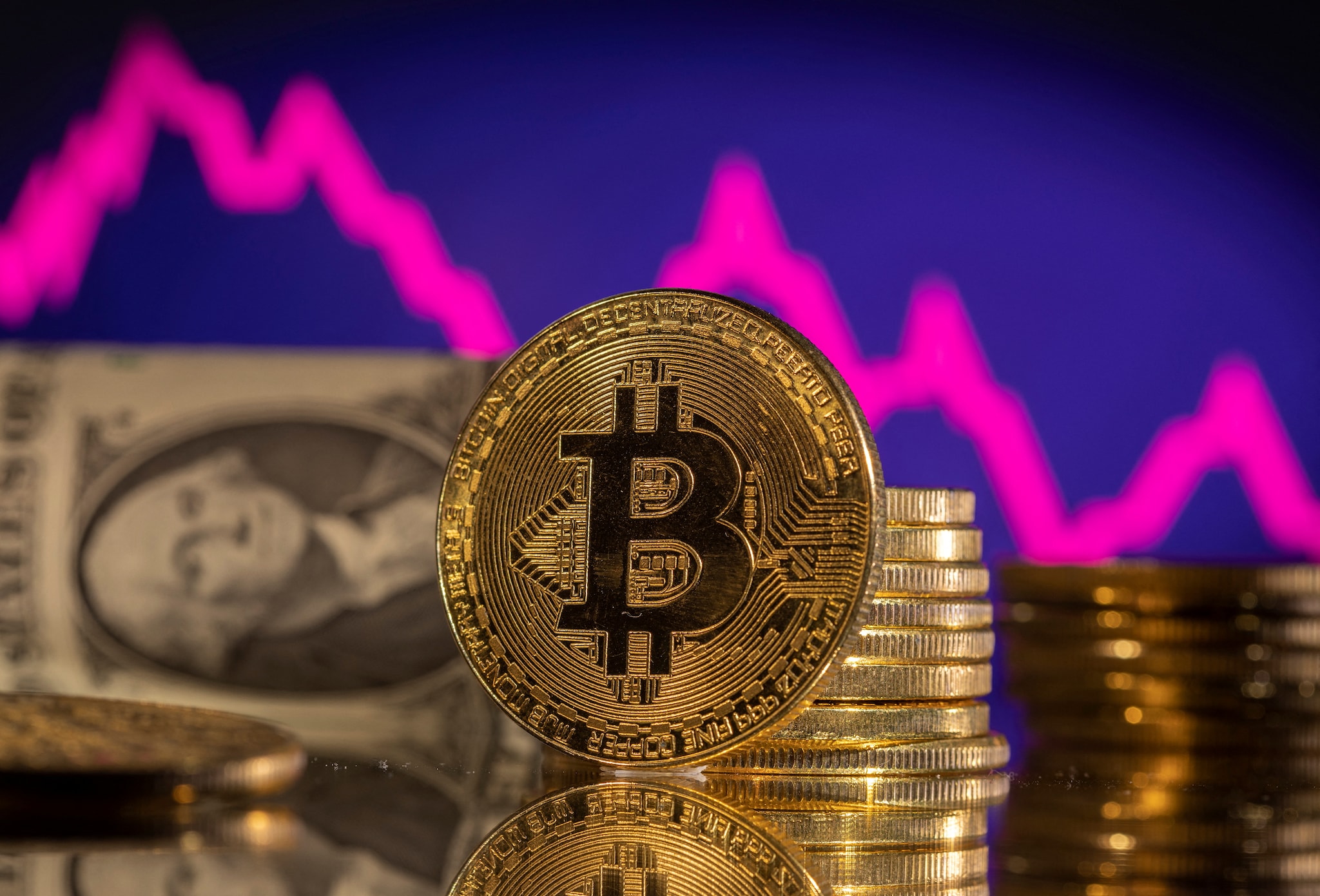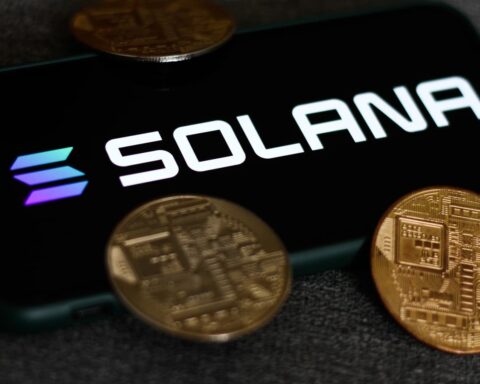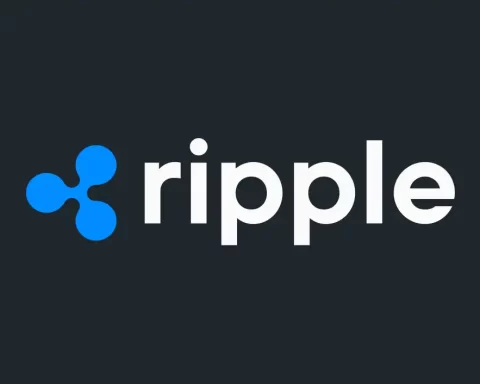The Bitcoin network recently reached a significant milestone by mining its 800,000th block, leaving just 40,000 blocks remaining until the next mining reward halving.
The 800,000th block contained 3,721 transactions, occupying 1.64 megabytes of data. Concurrently, the price of Bitcoin was trading at $29,815, a slight decrease from $29,162, as reported by market researcher Dylan LeClair on Twitter.
The achievement garnered considerable attention on social media, with Bitcoin enthusiasts and industry experts touting it as a testament to the network’s security and resilience.
In the context of blockchain technology, the term “block height” refers to a block’s position on the blockchain concerning the number of blocks that came before it, dating back to the network’s founding block, known as the genesis block.
Each block comprises bundled transactions and data, forming a chronological order that allows users to track the sequence of recorded transactions.
Block height also plays a crucial role in ensuring the immutability of the Bitcoin blockchain. As more blocks are added, the computational power required for a malicious actor to tamper with previous blocks significantly increases.
This helps prevent 50% attacks, where an attacker gains enough computing power to monopolize block generation, enabling them to reverse transactions and disrupt the network.
Moreover, block height affects the mining difficulty of the Bitcoin network.
READ MORE: Report Reveals Alarming Surge in Cryptocurrency Use by ISIS Terrorists
The mining difficulty is adjusted regularly based on the total computational power of the network and the time it takes to mine a specific number of previous blocks.
Since the network generates a new block approximately every 10 minutes, any changes in hashing power result in automatic adjustments to maintain equilibrium.
Furthermore, block height determines the rewards received by miners for adding a new block to the network. Bitcoin’s design includes a block-halving event roughly every four years or every 210,000 blocks.
Initially, the block reward was 50 BTC in 2009, which halved to 25 BTC in 2012, 12.5 BTC in 2016, and presently stands at 6.25 BTC since 2020.
The next halving event is anticipated to occur in April 2024, resulting in a reduced block reward of 3.125 BTC.
Past halving events have historically coincided with significant price rallies for Bitcoin and the broader cryptocurrency market.
As the countdown to the next halving event begins, macroeconomic factors have influenced the price of BTC, particularly following its all-time high of $69,000 in 2021.
Analysts and commentators have interpreted recent Bitcoin exchange-traded fund filings by global asset managers BlackRock and Fidelity as a sign of renewed institutional interest in Bitcoin.
These developments continue to shape the cryptocurrency’s trajectory as it moves closer to another crucial halving event.
Other Stories:
Controversial Proposal Sparks Fierce Debate Among Members of Solana-Based Liquidity Network
2023 Ranking: 4 Best Crypto Projects To Buy
Terraform Labs Faces Uphill Battle Amidst Allegations, New CEO Discusses Road Ahead




